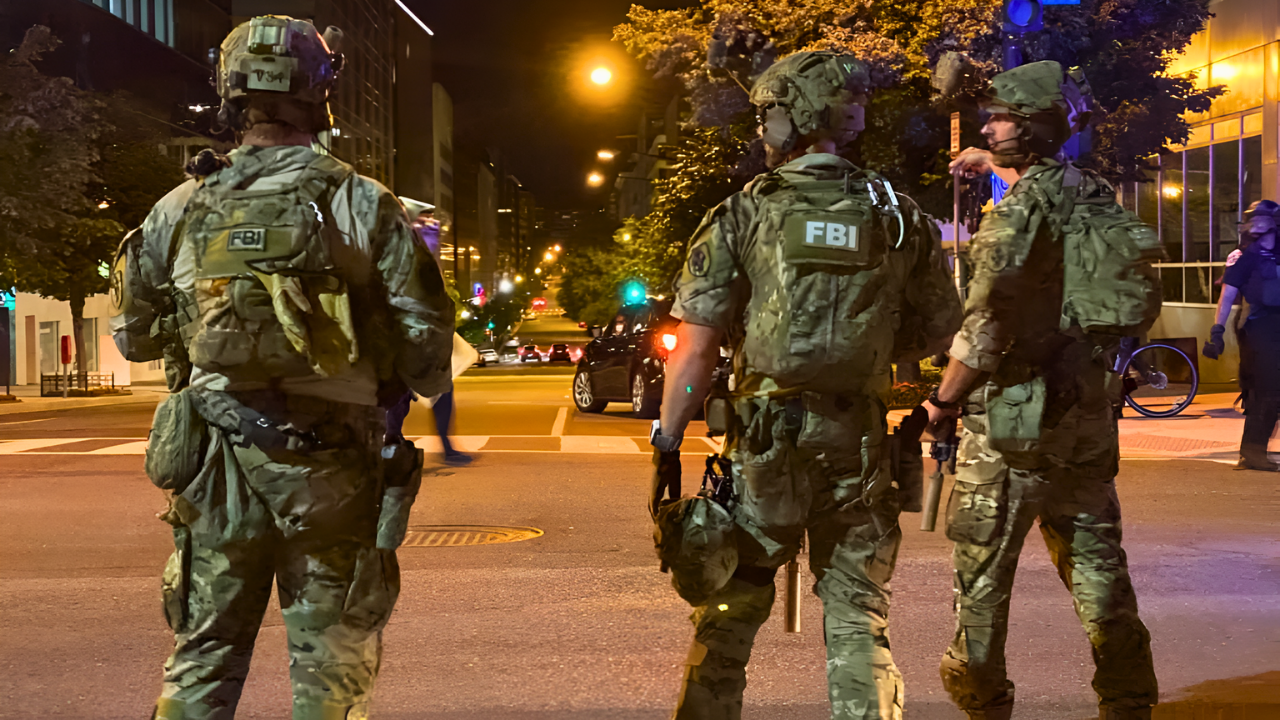
From June 24 to September 20, 2025, the FBI launched Operation Summer Heat, a nationwide campaign against violent crime, gangs, and drug trafficking that was unprecedented in the United States. More than 1,000 child victims were saved, more than 8,600 suspects were taken into custody, and thousands of weapons and enormous amounts of drugs were found.
More than 44,000 kilograms of cocaine and 421 kilograms of fentanyl, which would have killed 50 million Americans, were among the drugs seized. The FBI’s renewed emphasis on multi-jurisdictional cooperation and aggressive enforcement is evident in this operation, which is a strategic component of the agency’s ongoing mandate to destroy criminal networks and safeguard public safety on a scale never seen in recent history.
Historical Background of Raids Across the Nation
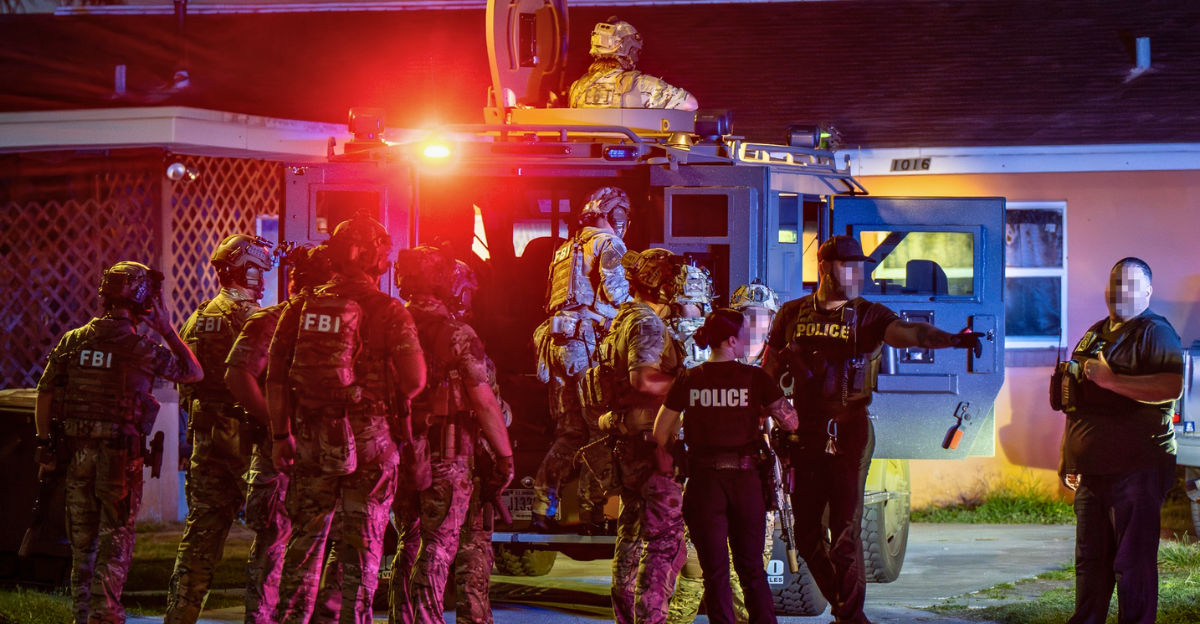
In the past, decades of developing tactics to combat violent crime and drug trafficking have led to national operations such as Operation Summer Heat. While gang violence and crack cocaine epidemics were the focus of similar campaigns in the 1980s and 1990s, they lacked the interagency coordination and technological integration that are present today.
The current operation is a criminal justice first thanks to data-sharing frameworks, sophisticated surveillance, and intelligence-led policing. This change reflects an understanding that fighting large-scale criminal enterprises that cut across state and national borders requires more than isolated, localized efforts.
Patterns of Gang Activity and Violent Crime
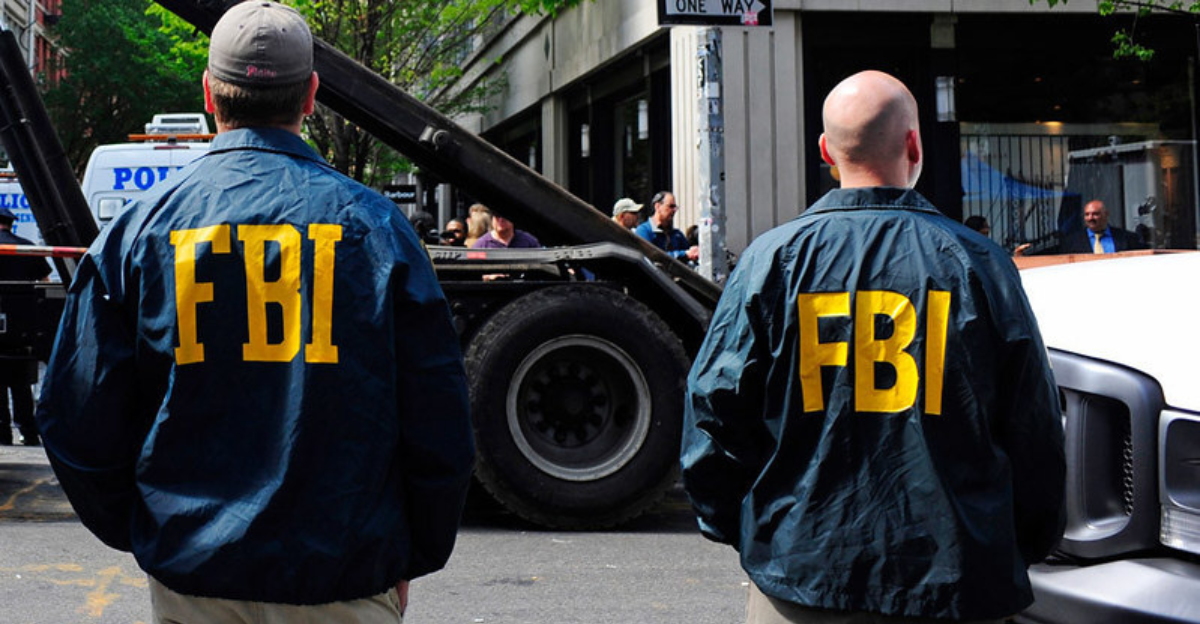
Over 6,500 arrests were made during Operation Summer Heat thanks to the FBI’s Violent Crime and Gang program, highlighting the ongoing threat that gangs pose to public safety. Gang-related violence continues to play a significant role in drug distribution, exploitation, and urban homicides.
A thorough federal response is required in light of analytical data showing a rise in gang cross-state operations made possible by social media and encrypted communications. Targeting gang leadership structures is an effective tactic that disrupts the groups’ operational continuum, as evidenced by the operation’s success in seizing weapons and dismantling networks.
Problems with Child Exploitation Offenses
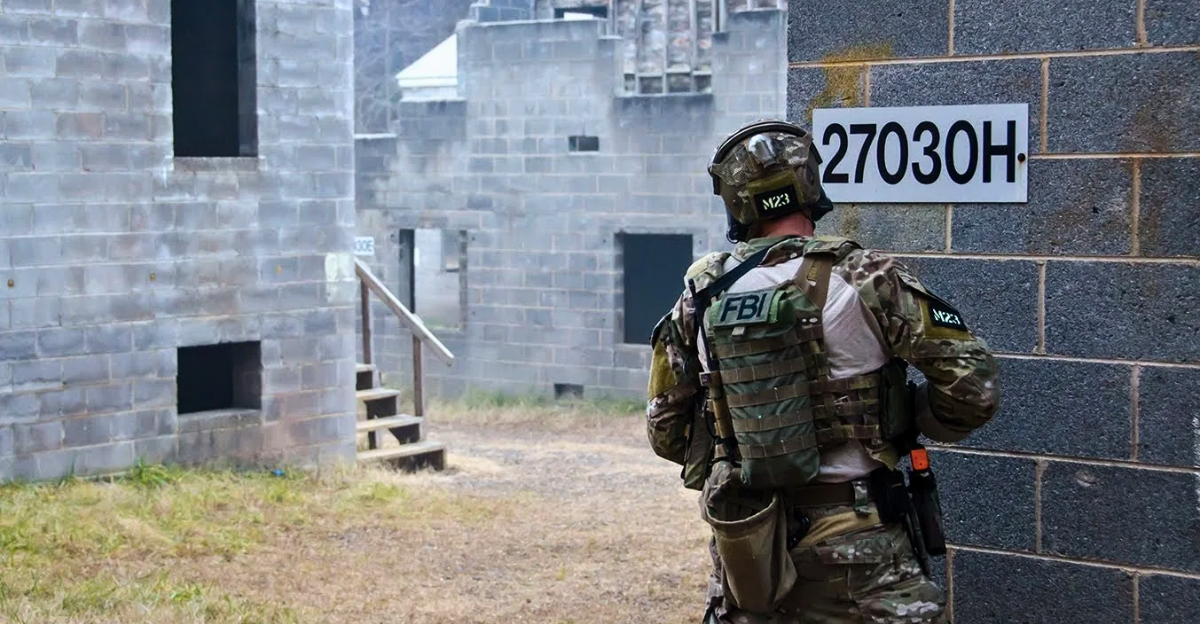
The operation’s successful rescue of 1,053 child victims highlights the alarming prevalence of child exploitation linked to sexual abuse and human trafficking. These crimes frequently involve intricate, clandestine networks that recruit and exploit victims via encrypted digital platforms and the dark web.
Reluctance on the part of victims owing to fear or manipulation makes it more difficult to identify victims and perpetrators. The child rescue portion of Operation Summer Heat used cutting-edge forensic psychology and interagency collaboration to safely recover victims and bring criminal charges against those responsible for these extremely harmful crimes.
The Lethality of Fentanyl and the Illicit Drug Crisis
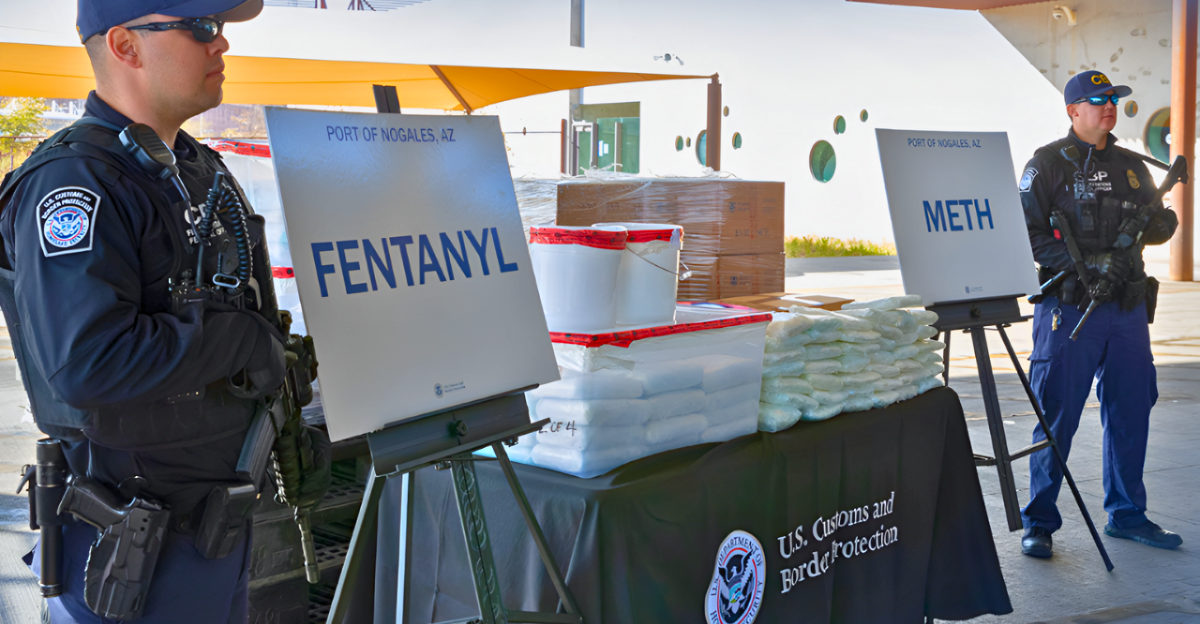
Fentanyl, a synthetic opioid, is incredibly potent—just a few milligrams can be deadly. The operation’s seizure of 421 kilograms of fentanyl, which could potentially kill 50 million Americans, highlights the alarming scope of the fentanyl problem. Overdose deaths have skyrocketed as a result of the drug’s infiltration into communities via smuggled shipments and fake pills.
Public health strategies to lower demand are just as important in the fight against fentanyl distribution as law enforcement measures. Although the operation’s significant fentanyl seizures severely disrupt supply chains, they also draw attention to the persistent threat present in the American drug markets.
Collaboration Across Jurisdictions
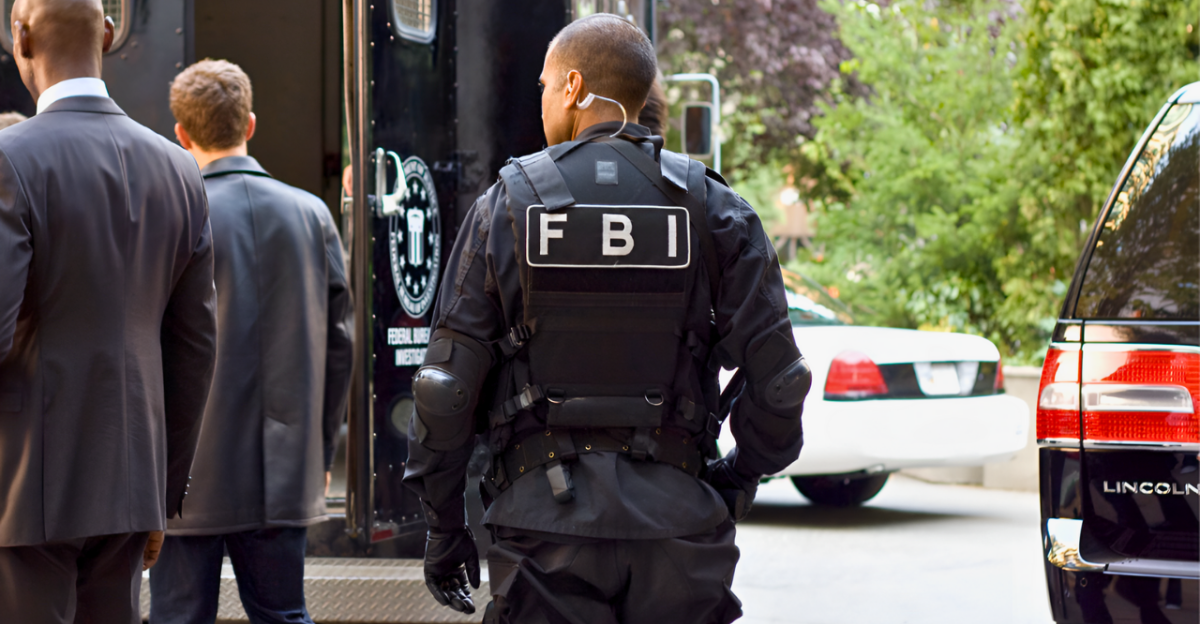
Operation. The need for collaboration between federal, state, and local law enforcement agencies is best illustrated by Summer Heat. By exchanging intelligence and resources, FBI field offices across the country, including Boston, which came in third in terms of overall arrests, showed excellent regional coordination.
Because violent criminals and traffickers operate in multiple states and take advantage of institutional gaps, this multi-jurisdictional approach is crucial. Strong information exchange and collaborative task forces are essential for preventing criminal activity and carrying out well-planned, large-scale raids.
Impact of Weapon Seizures on the Community
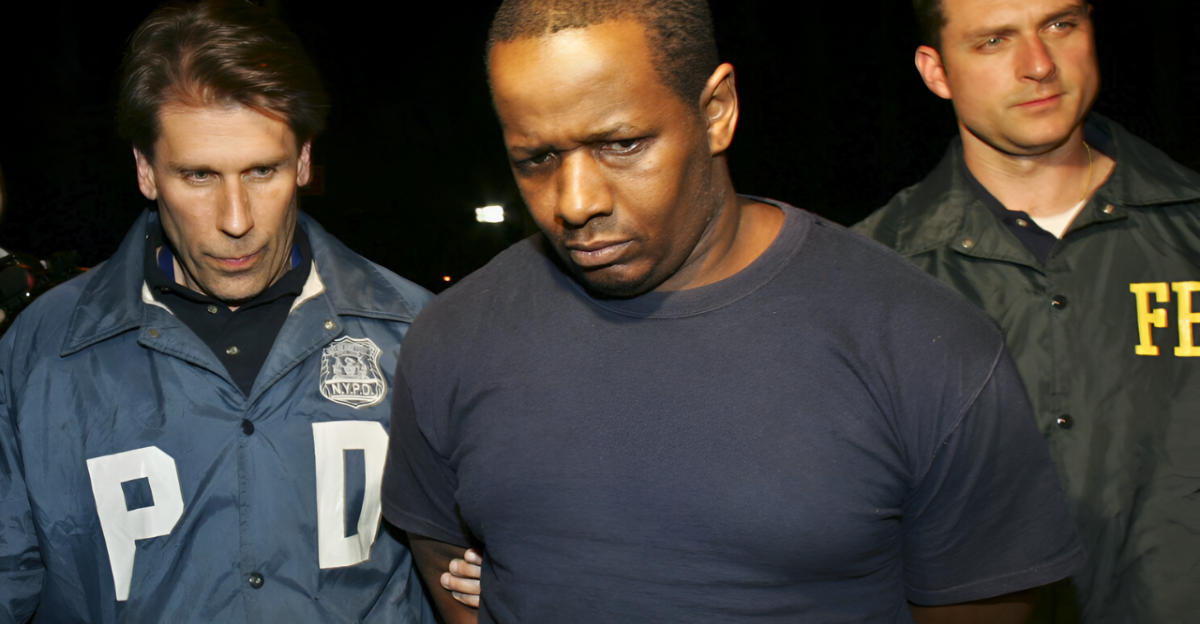
The operation directly decreased the number of weapons used in acts of community violence by seizing 2,281 weapons, including assault-style rifles and semi-automatic weapons. Removing illegal firearms immediately reduces the number of homicides and injuries caused by firearms.
This component of the sweep effectively communicated to violent criminals and gang members that their ability to terrorize communities is being systematically undermined. Targeting the availability of tools is just as crucial as combating drug and human trafficking, as evidenced by the tactical emphasis on weapons.
Implications for Strategy and Psychology
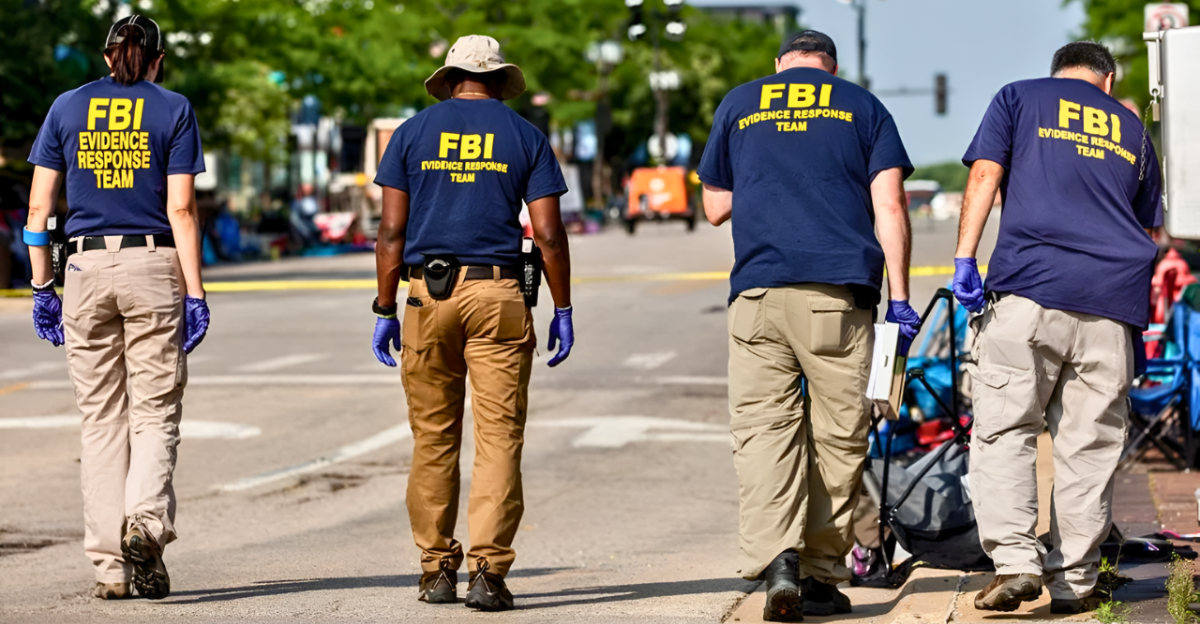
Operation Summer Heat’s scope and effectiveness have a profound psychological effect on offenders as well as communities. The widespread presence of law enforcement may discourage criminal activity and encourage defections by signaling to offenders that they are more likely to be arrested.
Such widespread arrests and rescues give victims and communities a renewed sense of security and faith in authorities. From a strategic standpoint, the operation upsets criminal ecosystems, making networks less resilient and less able to recruit and take advantage of vulnerable groups over time.
Frameworks and Solutions for Long-Term Effects
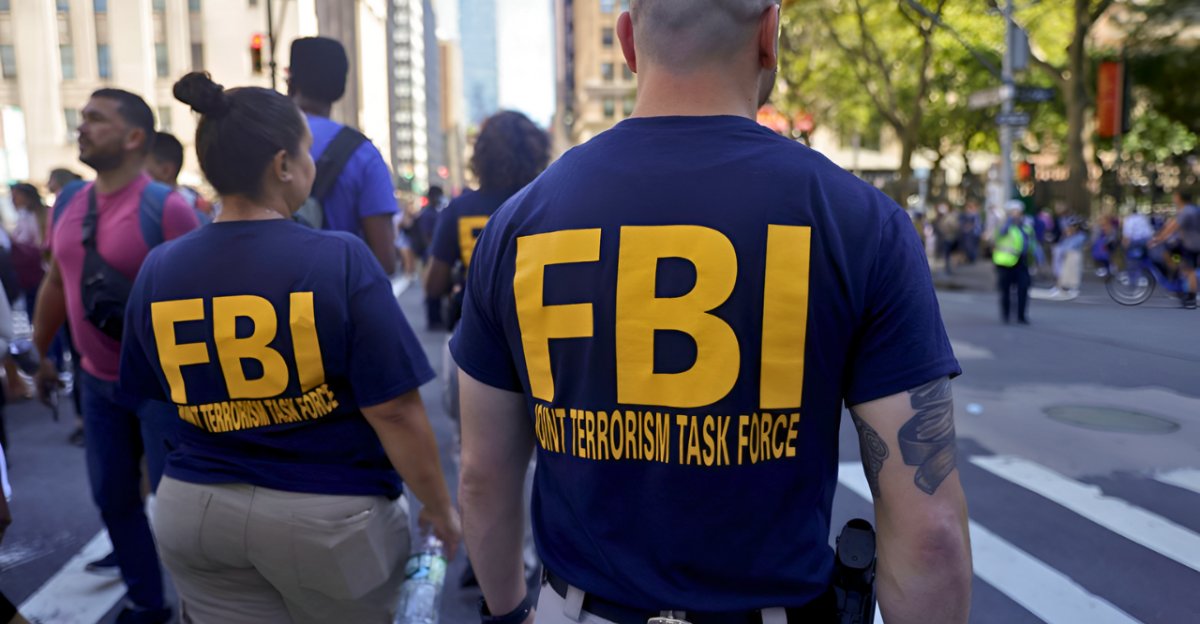
In order to reduce crime in a sustainable way, social programs that address underlying issues like poverty and illiteracy must be implemented alongside continuous enforcement. The FBI’s strategy incorporates victim services, community outreach, and cooperation with mental health professionals.
Framework models prioritize proactive prevention, early intervention, and rehabilitation in addition to reactive law enforcement. Operation Summer Heat is a template for future projects that aim to bring about long-lasting change by fusing tactical accuracy with more comprehensive social strategies.
Verifiable Information on Seizures and Arrests
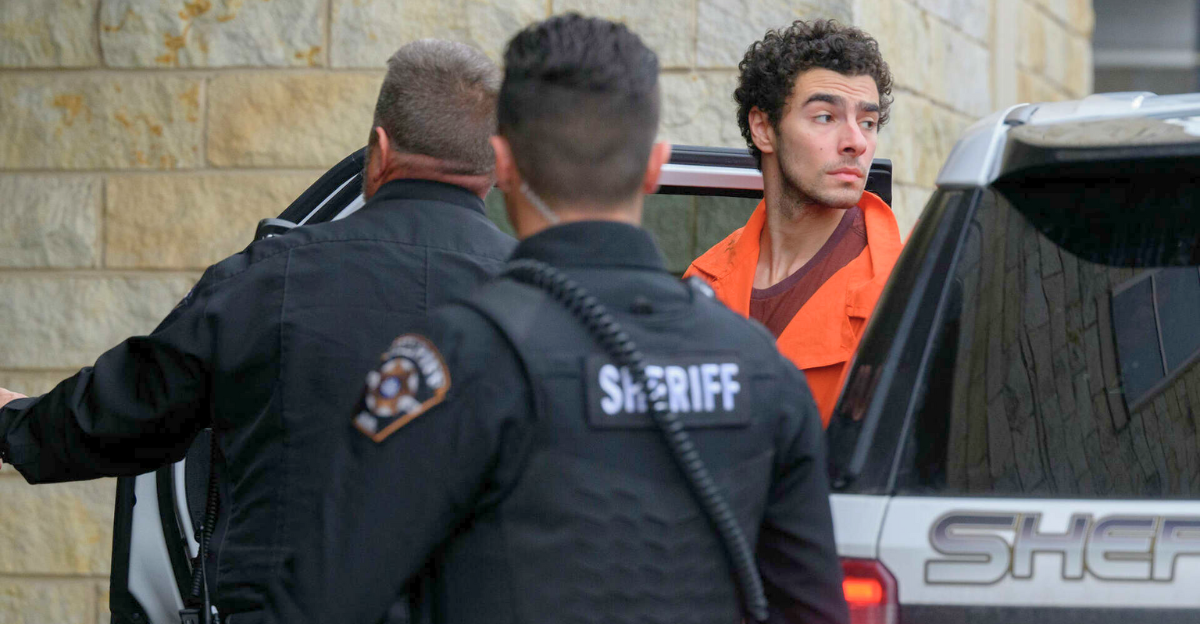
The FBI arrested 8,629 suspects nationwide between June and September 2025, and seized 44,569 kilograms of cocaine and 421 kilograms of fentanyl. These drugs pose serious risks to public health and have a street value of billions. 2,281 weapons were removed from the streets, and more than 1,000 children were saved from abusive circumstances.
404 people were arrested, and substantial amounts of firearms and drugs were seized by the FBI Boston field office alone in the Northeastern states. The operation’s main targets were highlighted by the more than 6,500 arrests that were directly linked to gang activity and violent crime.
Divergent Views on the Effectiveness of Enforcement
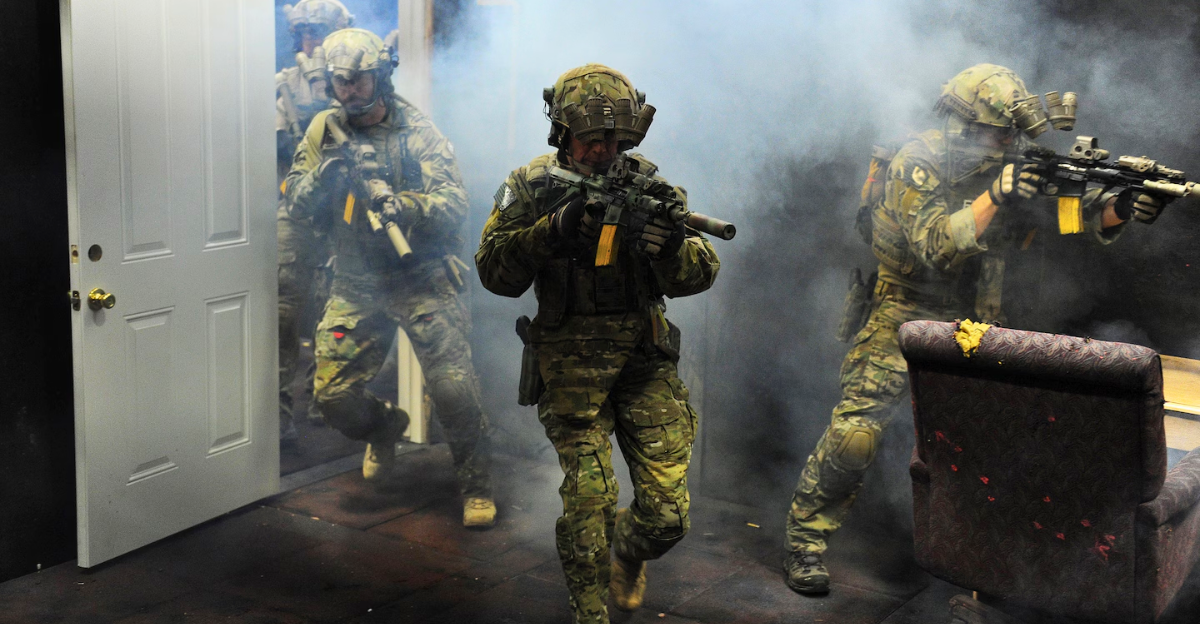
Critics contend that violent crime and the drug problem cannot be resolved by mass arrests and drug seizures alone. They argue that without addressing systemic problems like addiction and socioeconomic inequality, such policies result in overcrowded prisons.
The FBI’s operation, however, is not a stand-alone crackdown; rather, it is a component of a larger strategy that combines prevention initiatives with enforcement. Operation Summer Heat’s scope and coordination show a move away from mass incarceration using harsh force and toward more intelligent, intelligence-based policing.
Severe Case Studies Showing the Effect
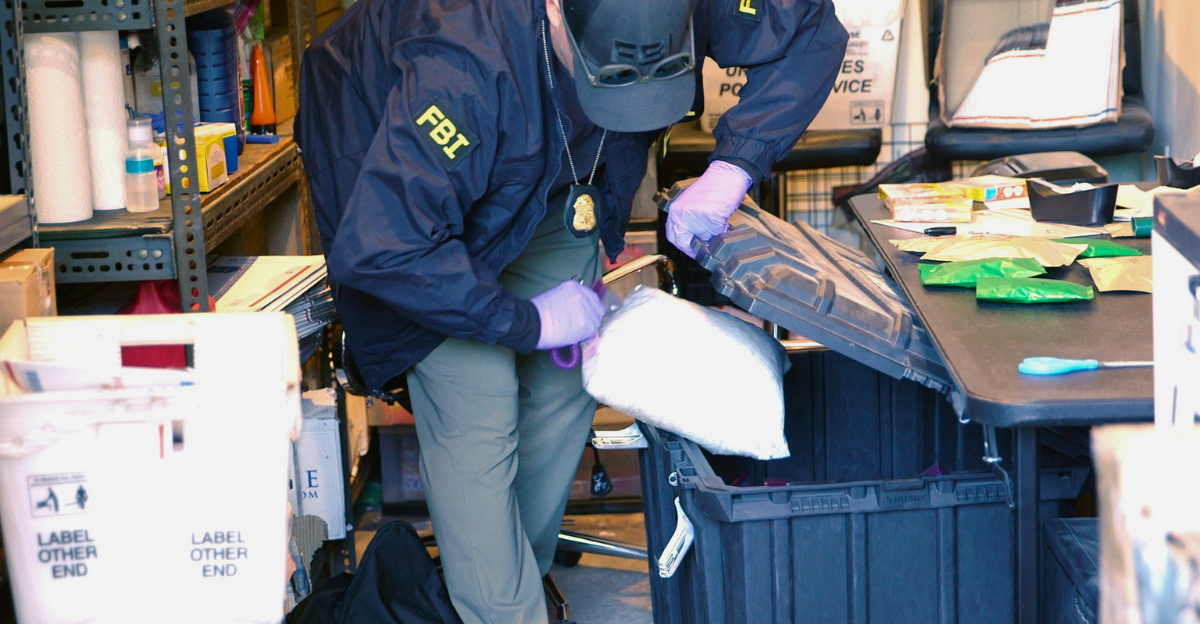
In Western Massachusetts, local gangs engaged in outdoor drug trafficking were broken up, resulting in more than 50 arrests and the seizure of numerous firearms.
A sophisticated network was disrupted when two men who were using the USPS for trafficking were arrested, and 73 kilograms of cocaine were seized in the Boston metro area. These cases demonstrate the operation’s dual focus on intricate trafficking networks and high-impact street-level disruptions, effectively targeting both major traffickers and small-scale dealers.
Possible Second-Order Impacts
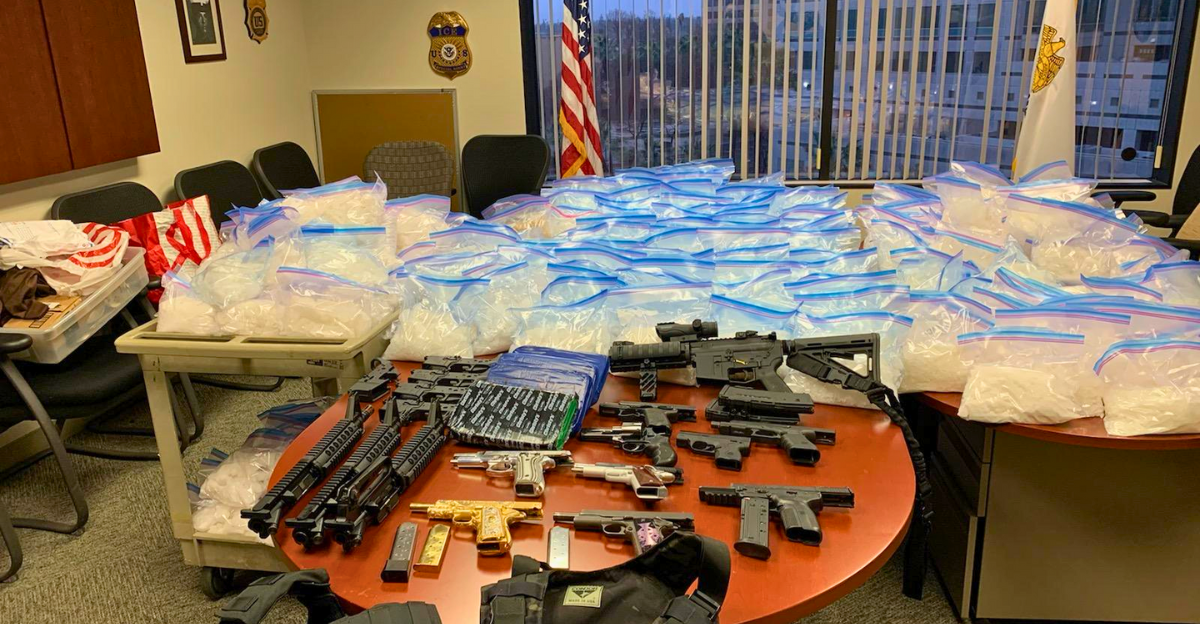
Drug supply chains experience more friction when networks are disrupted and traffickers are arrested, which could result in temporary shortages that lower overdose rates and violent conflicts.
Such disturbances, however, may result in a void in the market, raising the possibility of an increase in violence as competitors vie for dominance or as new drugs become available.
The “Model of Triple Disruption”
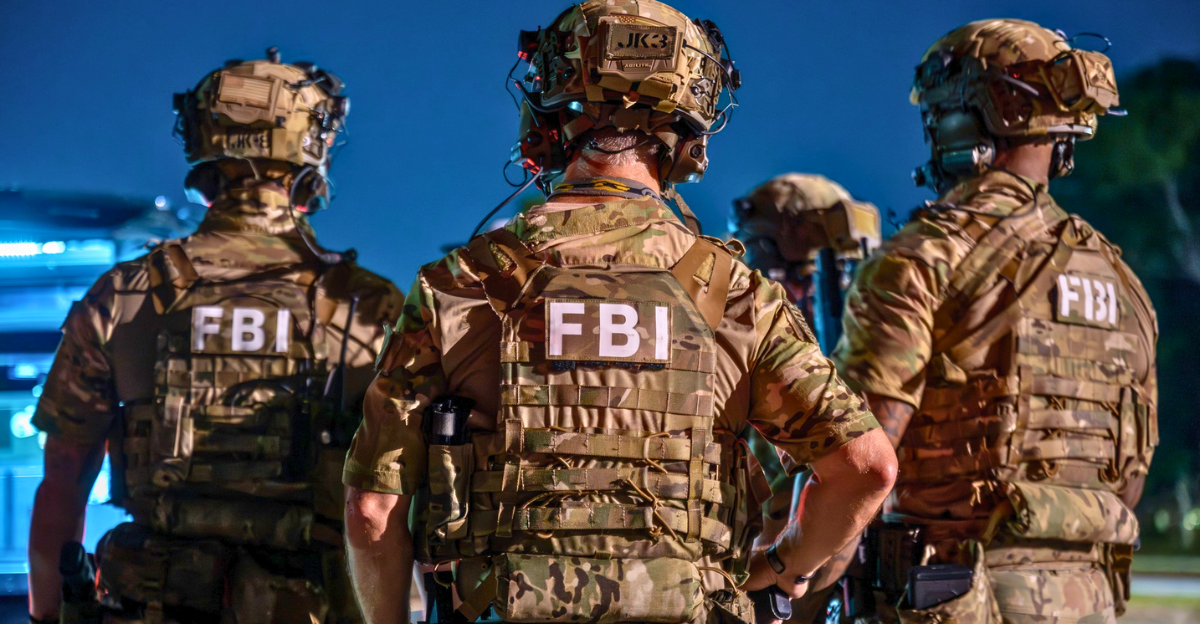
Operation Summer Heat, which targets violent crime, child exploitation, and the illegal drug trade all at once, can be thought of as the “Triple Disruption Model.”
This integrated model acknowledges how these societal harms are interconnected, drug markets fuel violent crime, and trafficking gangs frequently contribute to child exploitation. The FBI maximizes impact by coordinating efforts across these sectors, adopting a comprehensive approach that forgoes siloed law enforcement in favor of comprehensive disruption of the crime ecosystem.
Conclusion
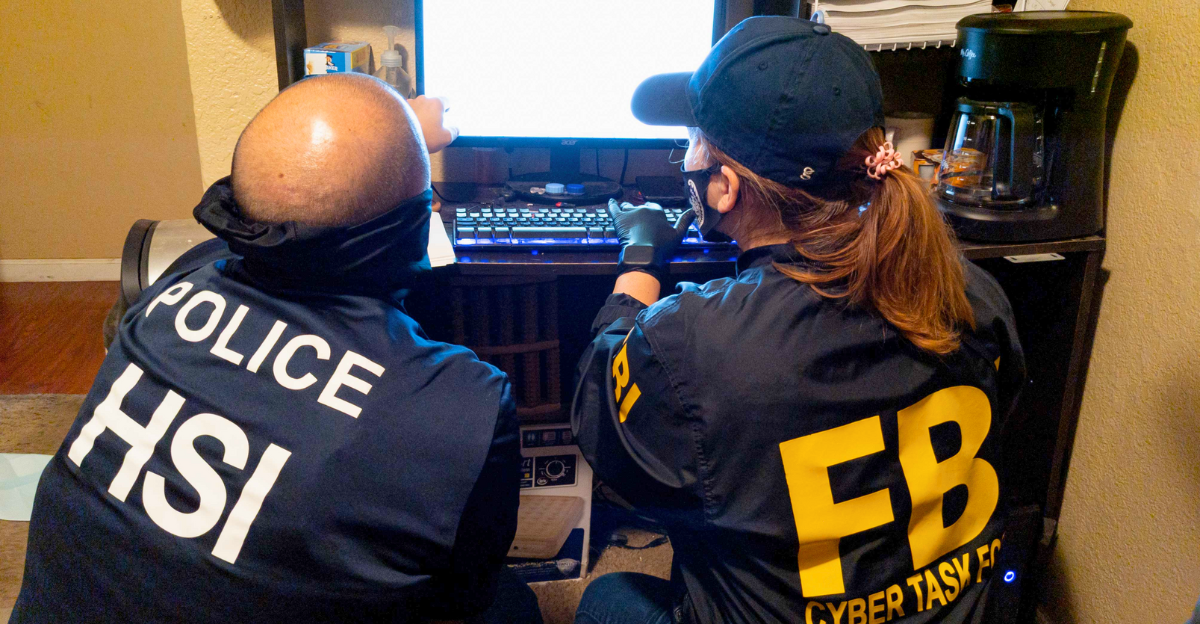
The FBI’s strategic shift toward all-encompassing and coordinated crime-fighting is demonstrated by Operation Summer Heat. The agency’s dedication to public safety is reaffirmed by the arrest of over 8,600 suspects, the rescue of over 1,000 children, and the seizure of deadly amounts of fentanyl.
Beyond law enforcement, the operation’s multifaceted strategy that addresses exploitation, drugs, and violent crime shows how to tackle complicated societal problems in the future. Real success comes from creating safer communities via persistent, multifaceted action, not just from seeing results right away.